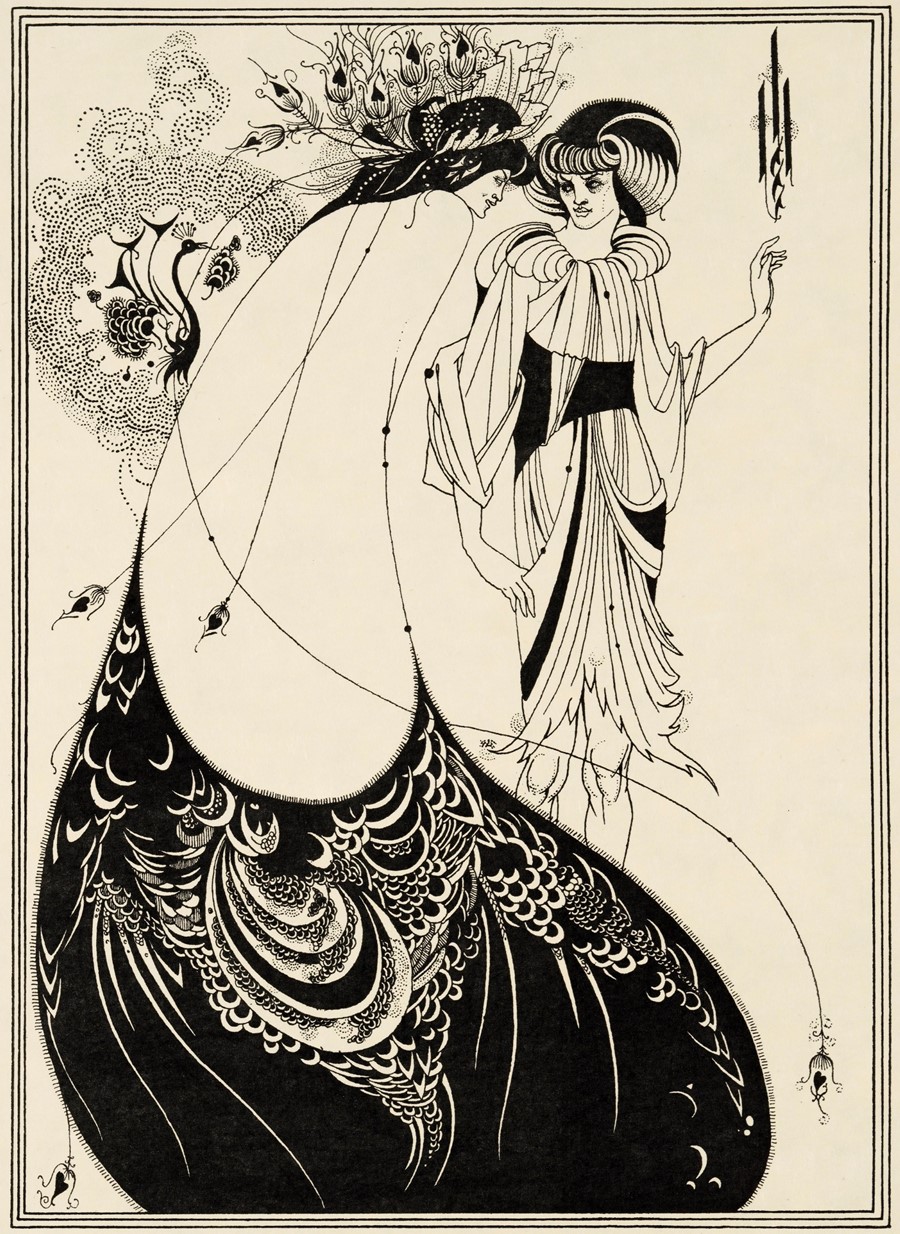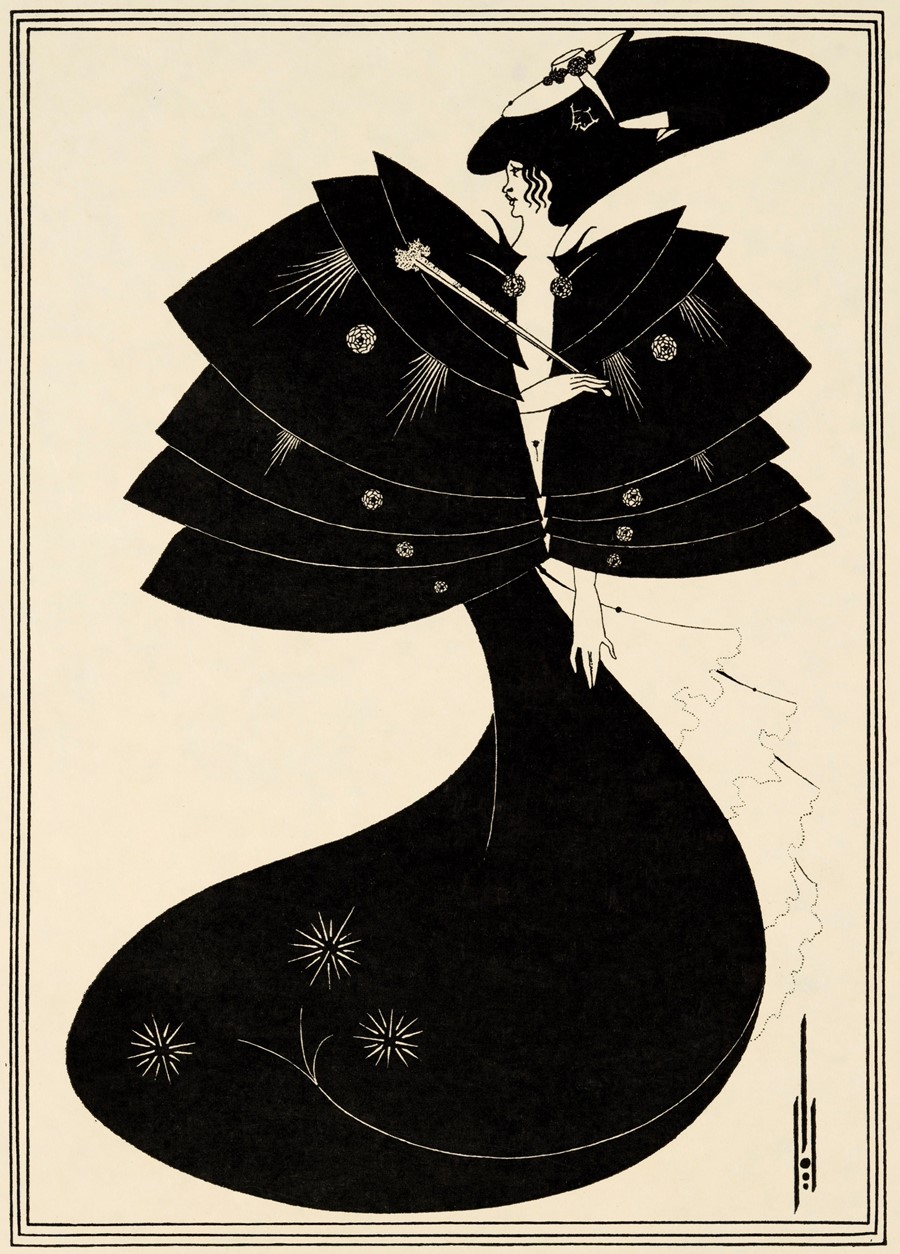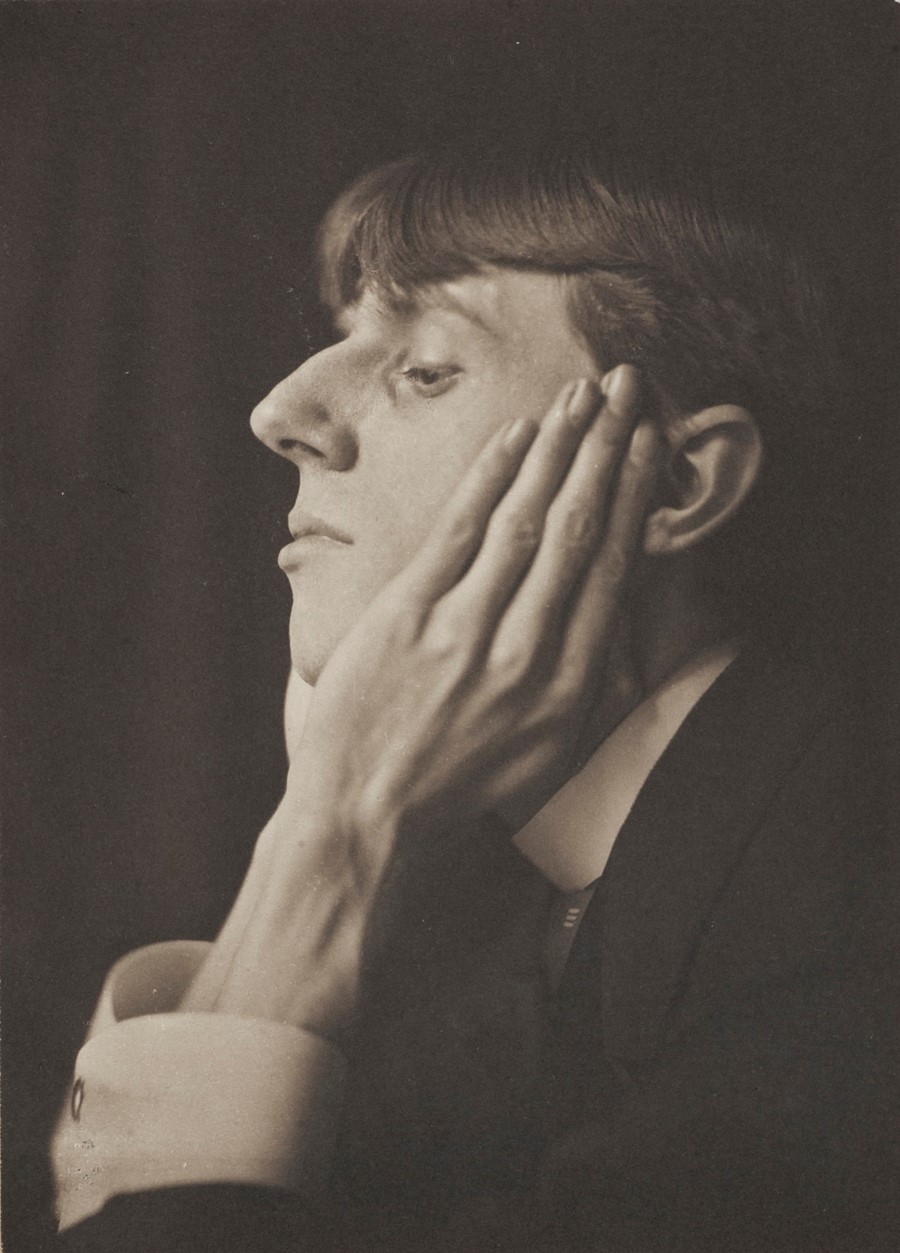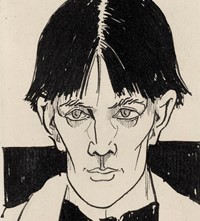The Story Behind Aubrey Beardsley’s Wickedly Explicit Salomé Series
- TextTed Stansfield
The mischievous master of ink on paper Aubrey Beardsley exploded categories of sex and gender, corrupting the Victorians with his wickedly explicit drawings. His illustrations for Oscar Wilde’s rhapsodic play Salomé are among his most revolutionary
This article is taken from the Summer/Autumn 2020 issue of Another Man:
When Oscar Wilde saw Aubrey Beardsley’s illustrations for the first English translation of his 1891 play Salomé, he wasn’t impressed at first. “They are cruel and evil, and so like dear Aubrey, who has a face like a silver hatchet, with grass green hair,” he said, in his typically acid-tongued manner. “They are like the naughty scribbles a precocious schoolboy makes on the margin of his copybooks.”
Beardsley – whose intense, prolific and brutally short career is being celebrated in a new exhibition at Tate Britain – was a portraitist of perversity and a draughtsman of decadence. He conjured visions of the elegant and erotic, the grand and grisly through his exquisite Japanese woodcut-inspired black ink drawings. “I have one aim – the grotesque,” he declared. “If I am not grotesque I am nothing.”
Born in Brighton in 1872, Beardsley was a talented performer growing up. Introduced to Wilde through the pre-Raphaelite artist Edward Burne-Jones, he became a leader among the aesthetes that gathered around the playwright, who described Beardsley as “the most monstrous of orchids”.


Wilde and Beardsley’s work became entwined in 1893 when The Pall Mall Budget magazine commissioned the artist to create a drawing in response to Wilde’s play Salomé – a retelling of the Biblical story of Herod’s stepdaughter, who asks for the head of John the Baptist on a silver platter. Beardsley depicted Salomé embracing a dripping, severed head with snake-like hair – Wilde saw it, liked it, and chose Beardsley to illustrate the 1894 English edition of his play.
Almost every review of the resulting illustrations described them as “grotesque” and Beardsley didn’t help matters, saying that “to me [people] are mostly grotesque, and I represent them as I see them”. Beardsley’s career was cut cruelly short – he died of tuberculosis at just 25 – but the legacy of his illustrations lives on. Capturing the spirit of the 1890s, his work embodies a specific moment in British culture that straddled the virtuousness of the Victorians and the excessiveness of the Edwardians. And yet his drawings have an undeniable modernity to them, too, particularly in the blurring of gender – as well as a beauty that transcends those time periods entirely.

Aubrey Beardsley is on display at Tate Britain, London, though the exhibition is currently closed due to the disruption caused by coronavirus. However, you can watch a free online tour here.
The Summer/Autumn 2020 ‘High Art Pop Culture’ issue of Another Man is now on sale internationally. Head here to buy a copy.
















